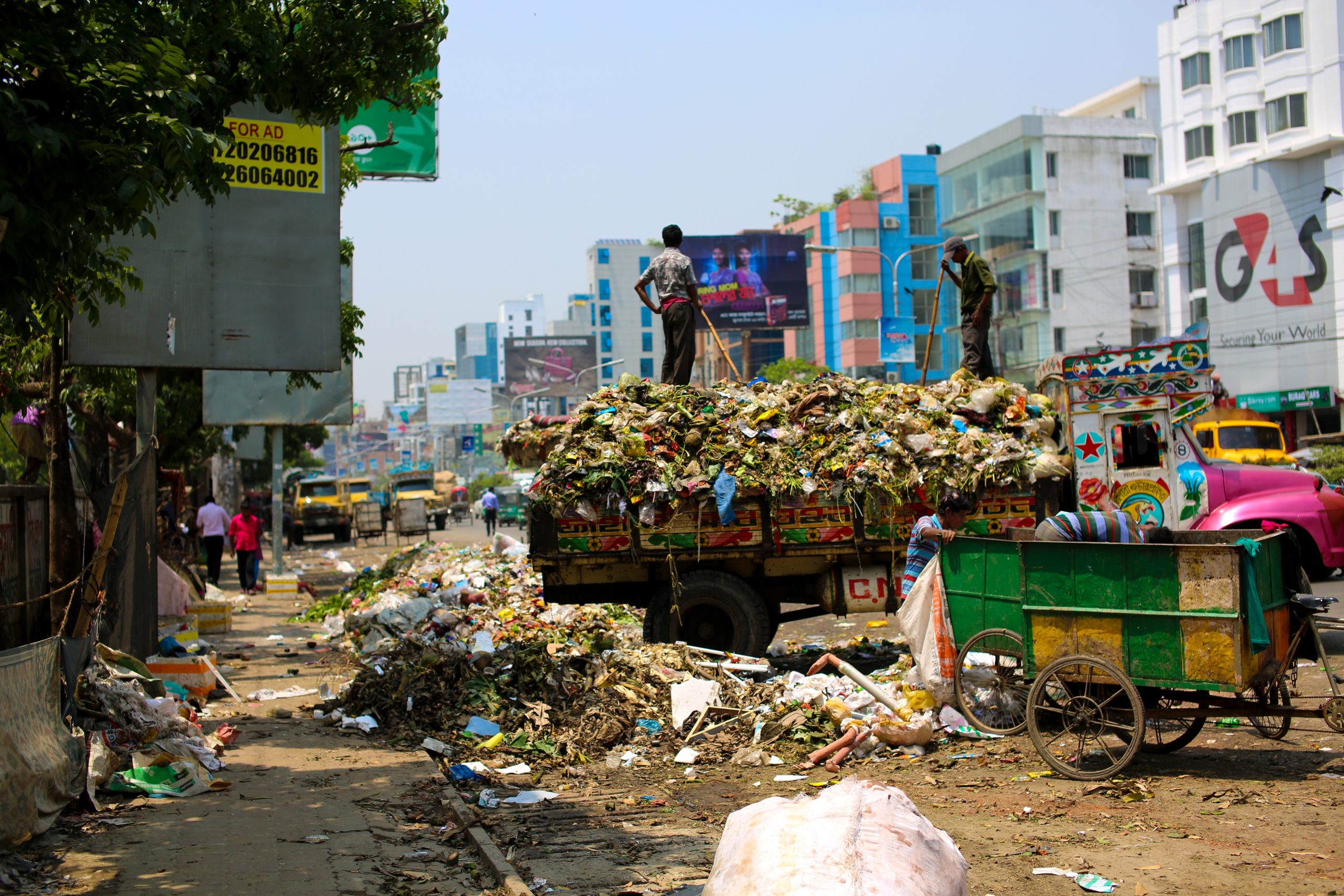Climate change is a complex and pressing issue, and understanding the meanings of mitigation, adaptation, and resilience is crucial for developing effective strategies to address its impacts. Mitigation refers to efforts aimed at reducing greenhouse gas emissions and limiting the extent of climate change. Adaptation, on the other hand, involves adjusting to the changes that are already happening or expected to happen in the future. Finally, resilience refers to the ability of communities and ecosystems to withstand and recover from the impacts of climate change.
Overall, a comprehensive approach to addressing climate change requires a combination of mitigation, adaptation, and resilience strategies. By implementing a combination of mitigation, adaptation and resilience strategies, we can work towards reducing the impacts of climate change and create a more sustainable future for our planet and all its inhabitants.
It is important to note that while mitigation strategies aim to prevent or reduce the severity of climate change, adaptation and resilience strategies focus on managing the impacts that are already being felt or expected to occur in the future. Therefore, a balanced approach that combines all three strategies is necessary to effectively address the challenges of climate change and ensure a sustainable future for generations to come.
For a better understanding of the above terms, I will use examples. To begin with, mitigation measures include increased use of renewable energy, change in behaviours e.g use of public transport more often than driving your pars, adopting new technologies and smart agricultural practices among others.
Examples of Adaptations include;
- Drought-resistant crops: Farmers are developing and planting drought-resistant crops that require less water and are more resilient to extreme weather conditions.
- Flood-resistant infrastructure: Governments are investing in infrastructure that is designed to withstand flooding such as raised roads, levees, and dams.
- Water conservation measures: Governments and businesses are implementing water conservation measures, such as water-saving fixtures and rainwater harvesting.
- Renewable energy sources: Governments and businesses are investing in renewable energy sources, such as solar and wind power, to reduce their reliance on fossil fuels.
- Coastal protection: Governments are investing in coastal protection measures, such as sea walls and dunes, to protect against rising sea levels. 6. Climate-smart agriculture: Farmers are using climate-smart agricultural practices, such as crop rotation and soil conservation, to increase their resilience to climate change.
Examples of Resilience include;
- Building with Climate Resilience in Mind: Incorporating climate-resilient design principles into the construction of buildings, infrastructure, and other physical structures can help protect them from the impacts of extreme weather events, such as flooding, high winds, and heat waves. 2. Enhancing Natural Infrastructure: Protecting and restoring natural infrastructure, such as wetlands, forests, and coral reefs, can help reduce the impacts of extreme weather events, such as storm surges and flooding.
- Strengthening Early Warning Systems: Investing in early warning systems, such as weather forecasting and climate monitoring, can help communities prepare for and respond to extreme weather events.
- Developing Adaptive Strategies: Developing adaptive strategies, such as diversifying crop production and implementing water conservation measures, can help communities prepare for and respond to changing climate conditions.
- Investing in Disaster Risk Reduction: Investing in disaster risk reduction measures, such as strengthening building codes and improving emergency response systems, can help reduce the impacts of extreme weather events.
In conclusion, climate change is a complex issue that requires a multifaceted approach. By understanding and implementing mitigation, adaptation, and resilience strategies together, we can work towards a sustainable future that protects both the planet and its inhabitants. It is the responsibility of individuals, organizations, and governments to take action and prioritize sustainable practices to address the impacts of climate change and create a better future for all.
It is crucial for all of us to recognize the urgency and gravity of this issue and to take meaningful steps towards reducing our carbon footprint and promoting sustainable practices in all aspects of our lives. Together, we can make a difference and work towards a sustainable future for generations to come. Let us all take action now and prioritize sustainable practices in our daily lives, support policies that promote sustainability, and encourage others to do the same.
Remember, the actions we take today will have a significant impact on the future of our planet. Let us all work together to create a sustainable future and ensure that our planet remains habitable for generations to come. Together, let us prioritize the health of our planet and its inhabitants by taking responsibility for our actions.
Read also; https://ecofriendmagazine.com/global-warming-and-climate-change/
References





One thought on “Mitigation, Adaptation and Resilience”